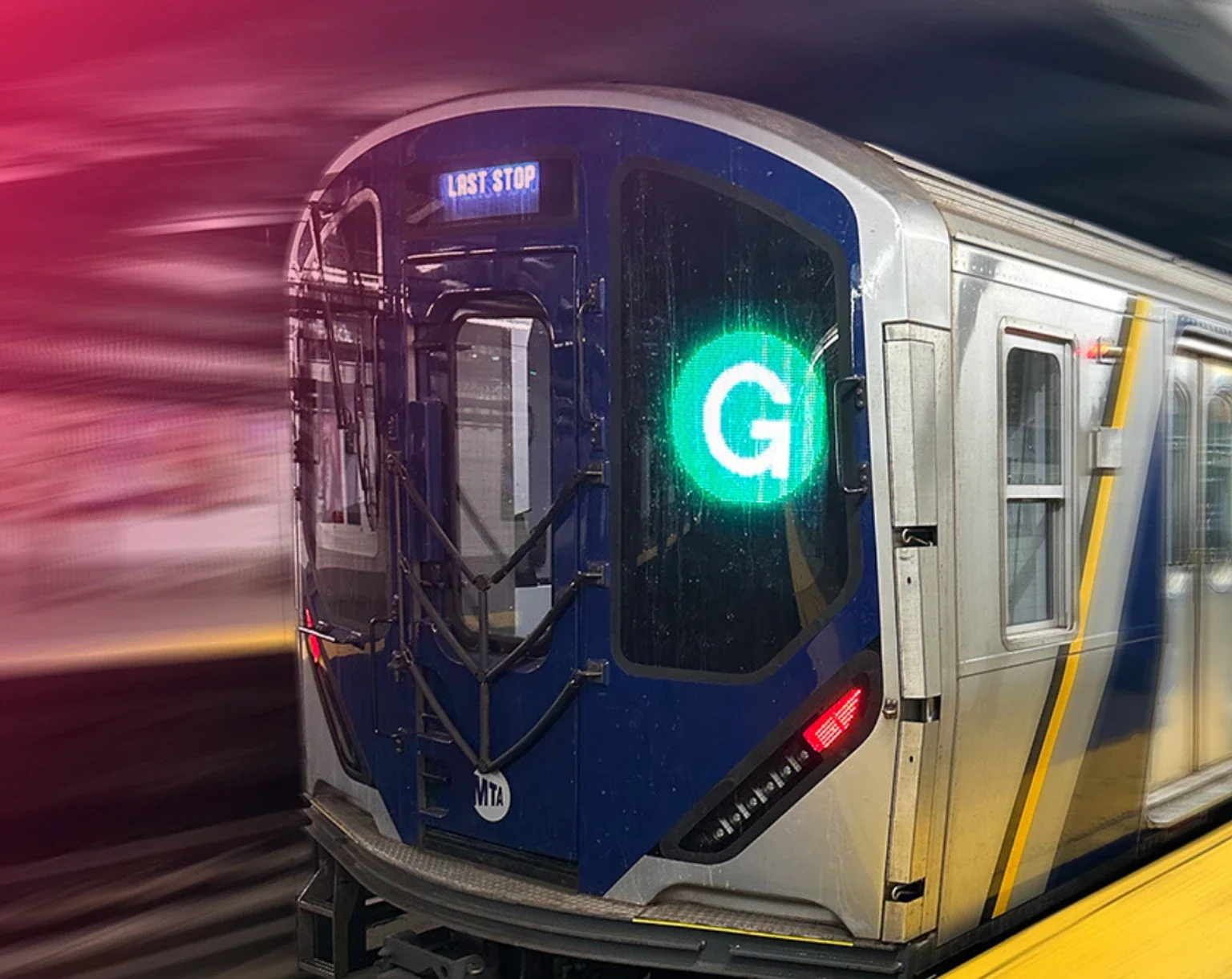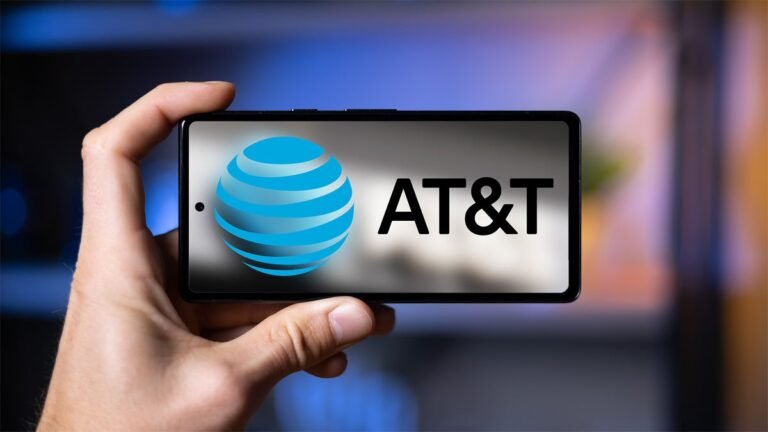5G now live on the G line
AT&T, teaming up with Boldyn – the global company behind much of the shared communications infrastructure in major cities – has switched on 5G service along the G train route between Court Square in Long Island City, Queens, and Bedford–Nostrand Avenue in Brooklyn.This expansion is part of a broader plan to provide seamless mobile service across the city’s entire subway network. Riders traveling along this stretch can now call, text, and stream while their train is moving through tunnels that used to be complete dead zones.
Before the G line rollout, AT&T went live in the Joralemon Street tunnel – the key link for the 4 and 5 trains between Bowling Green in Manhattan and Borough Hall in Brooklyn. Being the first carrier to activate 5G in both the G line and Joralemon Street tunnels shows the pace at which AT&T is expanding its underground network.
Every new section we light up brings us closer to a fully connected New York. By working closely with Boldyn Networks and the MTA, we’re helping ensure reliable, high-speed 5G is part of the everyday transit experience for New Yorkers. We’re proud to be the first and only carrier to deliver that enhanced experience to the G line.
– John Emra, president, Atlantic Region, AT&T, November 2025
Underground “dead zones” are slowly disappearing


One more line now has 5G. | Image credit – Boldyn
Let’s be real – losing service while underground used to feel like part of the subway experience. But now, more and more, those dead zones are turning into live coverage areas. The G line update may cover only a small portion of the full network, but it’s another big step toward making the subway feel like an above-ground environment, connection-wise.
I mean, each time a new tunnel segment goes live, it changes how people use their time underground. For a city that never stops moving, that matters more than it might seem.
There is a bigger plan
Boldyn’s expansion project is huge, and I really like what it’s aiming for – reliable cellular coverage across all 418 miles of New York City’s subway tunnels. There’s already been some solid progress. For example, all major carriers now have live coverage in the 42nd Street Shuttle tunnels and the Canarsie tunnel, the one that runs the L train between Bedford Avenue in Brooklyn and 1st Avenue in Manhattan.
Every underground subway station already has both Wi-Fi and cellular service, so now the goal is to close those annoying gaps between stations – the long stretches of tunnel where you still lose signal completely.


